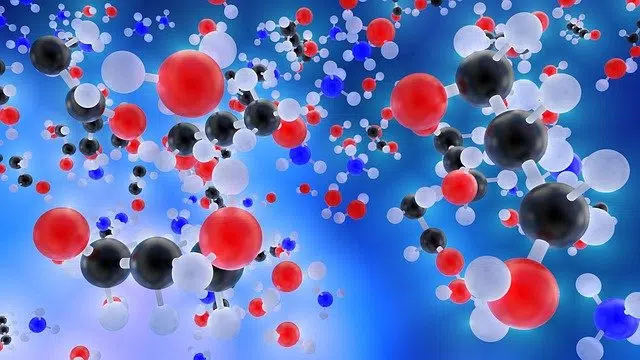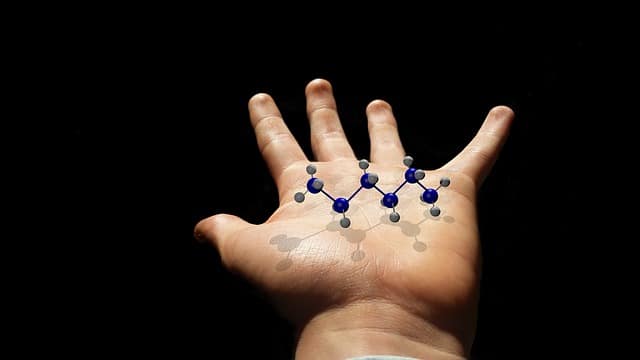
Alkynes are aliphatic hydrocarbons.
To understand what alkynes are, we must know what the meaning of the notion of hydrocarbon is. This concept refers to the chemical compound that arises when carbon combines with hydrogen.
Within the group of hydrocarbons, we can mention aliphatic hydrocarbons, whose main characteristic is that they lack aromaticity (a property that leads the electrons present in the double bonds to circulate freely between the bonds, giving greater stability to the molecule in compared to what happens when electrons remain stationary).
What are alkynes
From these ideas, we can say that alkynes are aliphatic (that is, non-aromatic) hydrocarbons that have one or more triple bonds between two carbon atoms . The high energy of the triple bond gives them metastability , since they have different states of equilibrium and tend, when faced with external actions, to evolve towards a state of strong equilibrium.
Alkynes often participate in chemical addition reactions , such as hydration, halogenation, and hydrogenation. These hydrocarbons, on the other hand, have less density than water, a substance in which they are not soluble. Another physical characteristic of alkynes indicates that, when the molecular weight increases, the boiling and melting points and density also increase.

Alkynes are involved in chemical addition reactions.
Some features
In addition to everything stated above, it is worth knowing another important series of unique data about alkynes, such as these:
-When it comes to nomenclature, we can emphasize that they respond to the formula CnH2n-2. Not to mention that what is done in them is to replace the suffix "-ane" of "alc-ane" with the same number of carbons with the suffix "-yne". So, for example, instead of propane there is propyne and instead of ethane there is ethyne.
-They are more polar than alkenes or alkanes can be.
-It must be emphasized that, although there are different procedures that can be carried out with these hydrocarbons that concern us, there are some that are especially significant. Among these is, above all, the one that responds to the name of dehydrohalogenation of vicinal dihaloalkanes.
-From alkynes and through the corresponding process, what are called acetylides can be formed.
-When you want to undertake what is the hydrogenation of alkynes into alkanes, it is necessary to establish that a procedure is undertaken in which what is called alkene plays a leading role.
-In liquid ammonia and with sodium, the aforementioned hydrogenation can also be undertaken.
-Other actions that are also carried out with alkynes as their fundamental axes are, among others, hydroboration and hydration without forgetting what is called halogenation.
Ethyne, an example of alkyne
Ethyne , also called acetylene , is an example of an alkyne.
This gas , which is the simplest alkyne, has one of the highest combustion temperatures known and is used as a source of heat and light.
